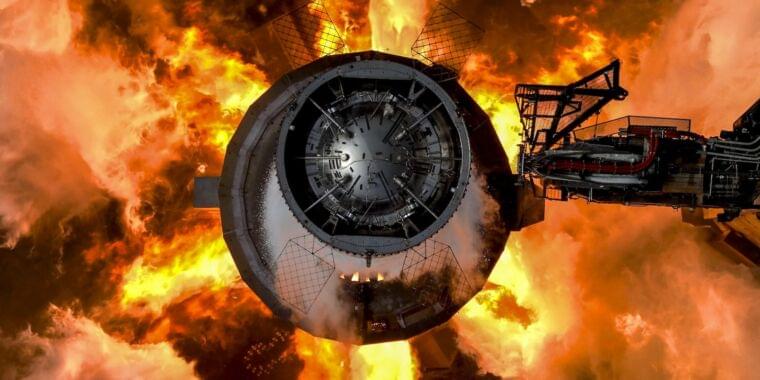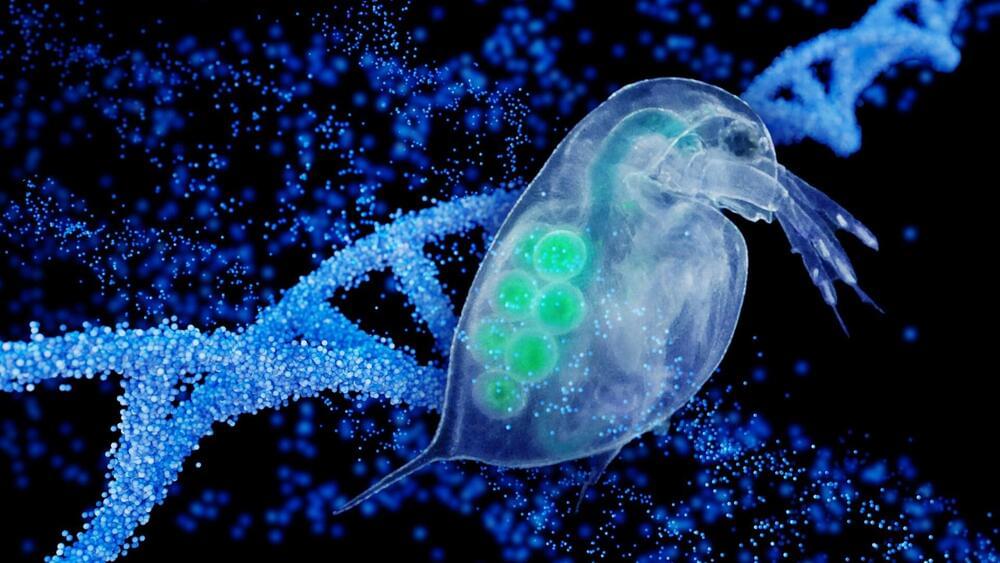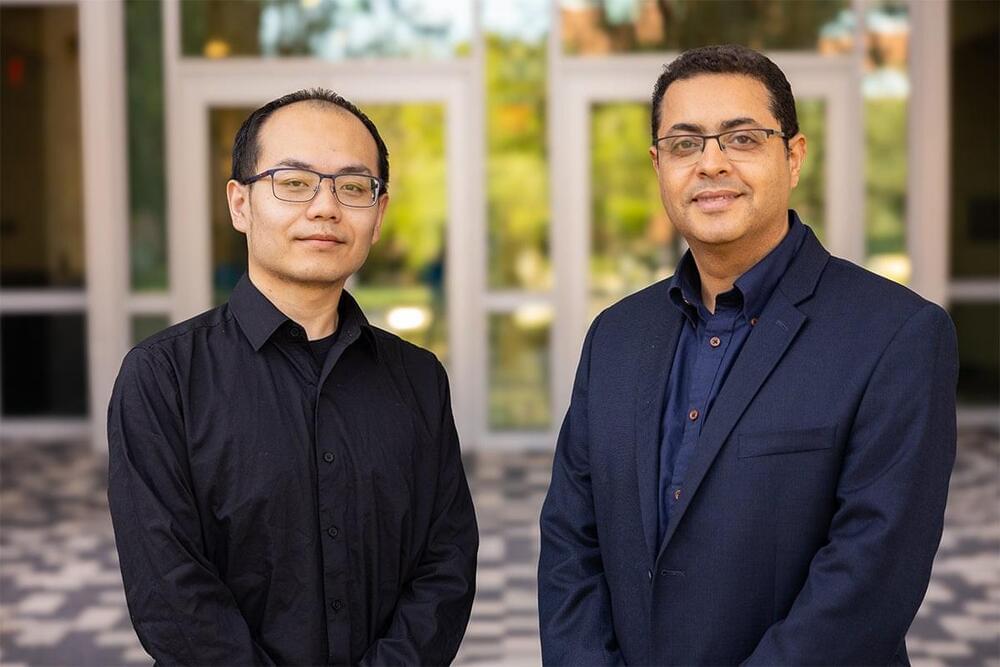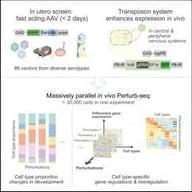SpaceX says a liquid oxygen leak caused the failure of a Falcon 9 launch last week.



In new research, Arizona State University scientists and their colleagues investigated genetic changes occurring in a naturally isolated population of the water flea, Daphnia pulex. This tiny crustacean, barely visible to the naked eye, plays a crucial role in freshwater ecosystems and offers a unique window into natural selection and evolution.





The U.S. High Speed Rail Association (USHSR) published a map outlining its proposal for a new 17,000-mile national high-speed rail network across the United States, which it claims will “cut our carbon footprint by epic proportions.”
Under the plan, which the USHSR proposes to build in four stages, it would be possible to travel between Seattle, Washington; San Diego, California; Miami, Florida; and Boston, Massachusetts, entirely on 220-mile-per-hour high-speed rail lines.
The past few years have seen a renaissance in high-speed rail interest across the United States, following decades of little activity. A number of lines are either proposed or under construction. Integrated high-speed rail networks already exist across much of Western Europe, Japan, and China, which, according to Statista, had a 25,000-mile-long network in 2021.

Read & tell me what you think 🙂
There is a rift between near and long-term perspectives on AI safety – one that has stirred controversy. Longtermists argue that we need to prioritise the well-being of people far into the future, perhaps at the expense of people alive today. But their critics have accused the Longtermists of obsessing on Terminator-style scenarios in concert with Big Tech to distract regulators from more pressing issues like data privacy. In this essay, Mark Bailey and Susan Schneider argue that we shouldn’t be fighting about the Terminator, we should be focusing on the harm to the mind itself – to our very freedom to think.
There has been a growing debate between near and long-term perspectives on AI safety – one that has stirred controversy. “Longtermists” have been accused of being co-opted by Big Tech and fixating on science fiction-like Terminator-style scenarios to distract regulators from the real, more near-term, issues, such as algorithmic bias and data privacy.
Longtermism is an ethical theory that requires us to consider the effects of today’s decisions on all of humanity’s potential futures. It can lead to extremes, as it concludes that one should sacrifice the present wellbeing of humanity for the good of humanity’s potential futures. Many Longtermists believe humans will ultimately lose control of AI, as it will become “superintelligent”, outthinking humans in every domain – social acumen, mathematical abilities, strategic thinking, and more.

Since the Apollo missions over half a century ago, scientists have suspected that the lunar surface is riddled with an extensive network of tunnels.
But despite our best efforts, they’ve been unable to once and for all confirm their existence — until now.
Scientists at the University of Trento in Italy have used cutting-edge data analysis tools to examine radar reflections to provide the “first direct evidence of an accessible lava tube under the surface of the Moon,” according to University of Trento professor Lorenzo Bruzzone, coauthor of a new paper published in the journal Nature Astronomy.
